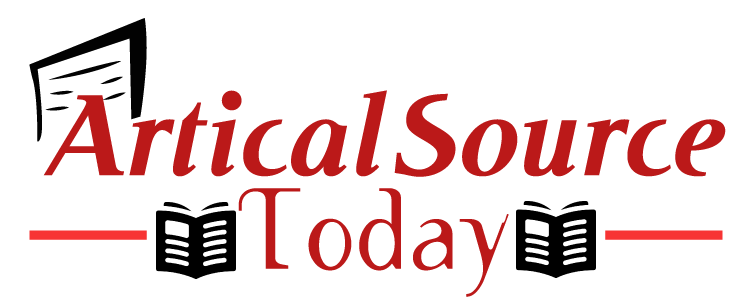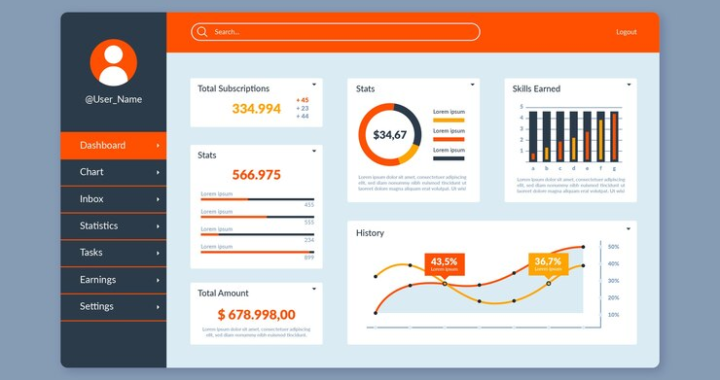How Onboarding Tools Can Help During Cross-Boarding

Onboarding is an extensive process that is extremely taxing on HR professionals. All new hires go through the onboarding process with a company they’ve just been hired by. It consists of job acceptance, introductions with the team and has all the training resources for one to become a highly productive employee of the company in the new role one has just been hired for. Many companies make use of a professional onboarding tool to help with the process of onboarding. It makes one feel like a part of the workplace even when forced to lock oneself up at homes since the advent of COVID-19 and now even the scare from the newest variant – Omicron.
Surely, the right onboarding solutions cost around $19000 per worker, according to the stats provided by the Human Resources Director. Not only is it an expensive process – but also a huge gamble. Even after an extensive screening process, sometimes new hires do not work out for the process or the team.
So, in times when there are budget cuts, and when companies can’t afford to hire new talent to fill the vacancy, the most cost-effective way of filling that particular process is to opt for cross-boarding.
What is cross-boarding?
Cross-boarding is the process of utilizing existing employees to fill out the available and suitable vacant positions by training them to adapt to the new position within the company. It is huge leverage to the existing resources rather than searching for new employees altogether. It significantly cuts down the cost of hiring as well.
However, this process of transitioning from one team to the other or from one process to the other in cross-boarding can be smoothed down with the help of user onboarding softwares.
Here are the Benefits of Using an onboarding tool for cross-boarding:
- Offers Significantly Less Risk
There is some degree of risk associated with cross-boarding, but the margins are extremely low compared to when it comes to hiring a new person into the organization. Even if the cross-boarded employee turns out to be less effective in the new role and can be trained easily, the training and communication tools are much easier with onboarding tools and can help out significantly. However, it may take months to assess the viability of a totally new employee to a process.
- Increases Employee Engagement
Some employees are comfortable performing the same tasks day in and day out; however, others seek a change once in a while, at the very least. Using and posting on the user onboarding software to share a new position within the organization could help change-seekers to aim for a change in roles within the organization as opposed to finding a new organization to work at. It is a far better option to let a valued employee thrive within the company as opposed to looking for someone with the skills. This also works towards increasing employee engagement on the user onboarding software that’s in place within the organization.
- Boosts the Level of Retention
The internal transfer is especially beneficial and motivational for other employees within the company – as they too see they could aim towards other opportunities and pursue other roles within the company. If such an option is given, one is less inclined to leave the company seeking better opportunities. This can work wonders for one’s rate of retention. So, making use of the onboarding tools to make the transition smooth and visible on the intranet platform encourages others in the company.
These are some of the very important features and reasons to use a professional onboarding tool within your intranet system for cross-boarding. It is beneficial in many ways, which in turn benefits the company and its employees.






